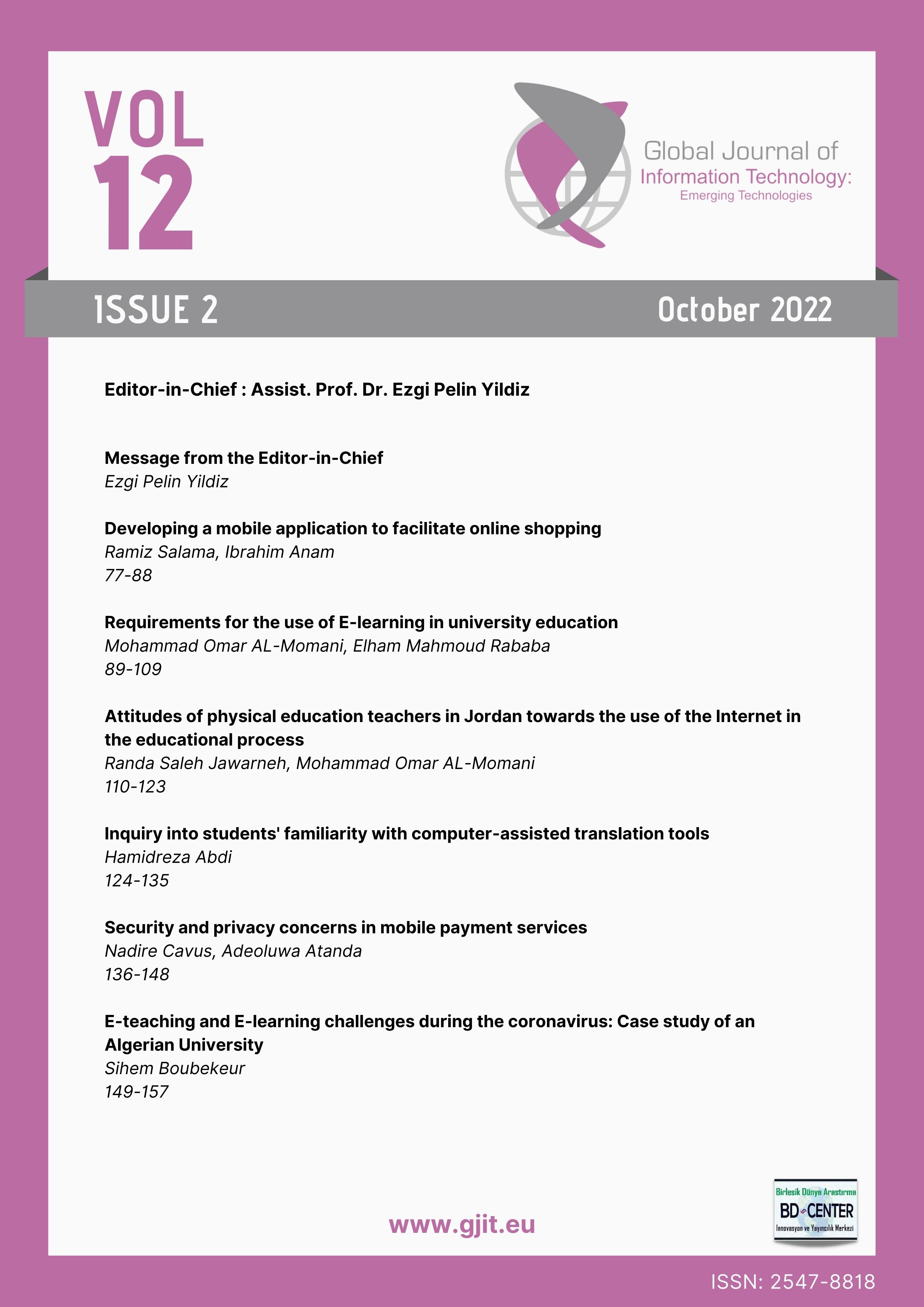Security and privacy concerns in mobile payment services
Main Article Content
Abstract
Mobile technology is becoming more central to human life, especially with the current ongoing global pandemic which points out that there will be an increasing need for mobile payment service as it requires little or no contact in making payments. However, mobile payment is not among the most commonly used mobile utilities because of the security and privacy concerns posed by mobile payment. The prime aim of this study is to determine the security and privacy concerns with the highest existence and then address them by identifying a rational and objectively agreed approach on how to resolve the problems discovered. A sensitive Analytical Hierarchy Process (AHP) Pairwise Comparison approach will be used to solve the security and privacy challenges associated with mobile payment services. This study shows that leakage of personal data is the highest risk concern by most users of the mobile payment system (MPS) while loss of “intended purchase” has the lowest risk concern from what we could derive.
Keywords: AHP Model; Mobile Technology; Mobile Payment Services; Pairwise Comparison.
Downloads
Article Details

This work is licensed under a Creative Commons Attribution 4.0 International License.
Authors who publish with this journal agree to the following terms:- Authors retain copyright and grant the journal right of first publication with the work simultaneously licensed under a Creative Commons Attribution License that allows others to share the work with an acknowledgement of the work's authorship and initial publication in this journal.
- Authors are able to enter into separate, additional contractual arrangements for the non-exclusive distribution of the journal's published version of the work (e.g., post it to an institutional repository or publish it in a book), with an acknowledgement of its initial publication in this journal.
- Authors are permitted and encouraged to post their work online (e.g., in institutional repositories or on their website) prior to and during the submission process, as it can lead to productive exchanges, as well as earlier and greater citation of published work (See The Effect of Open Access).
